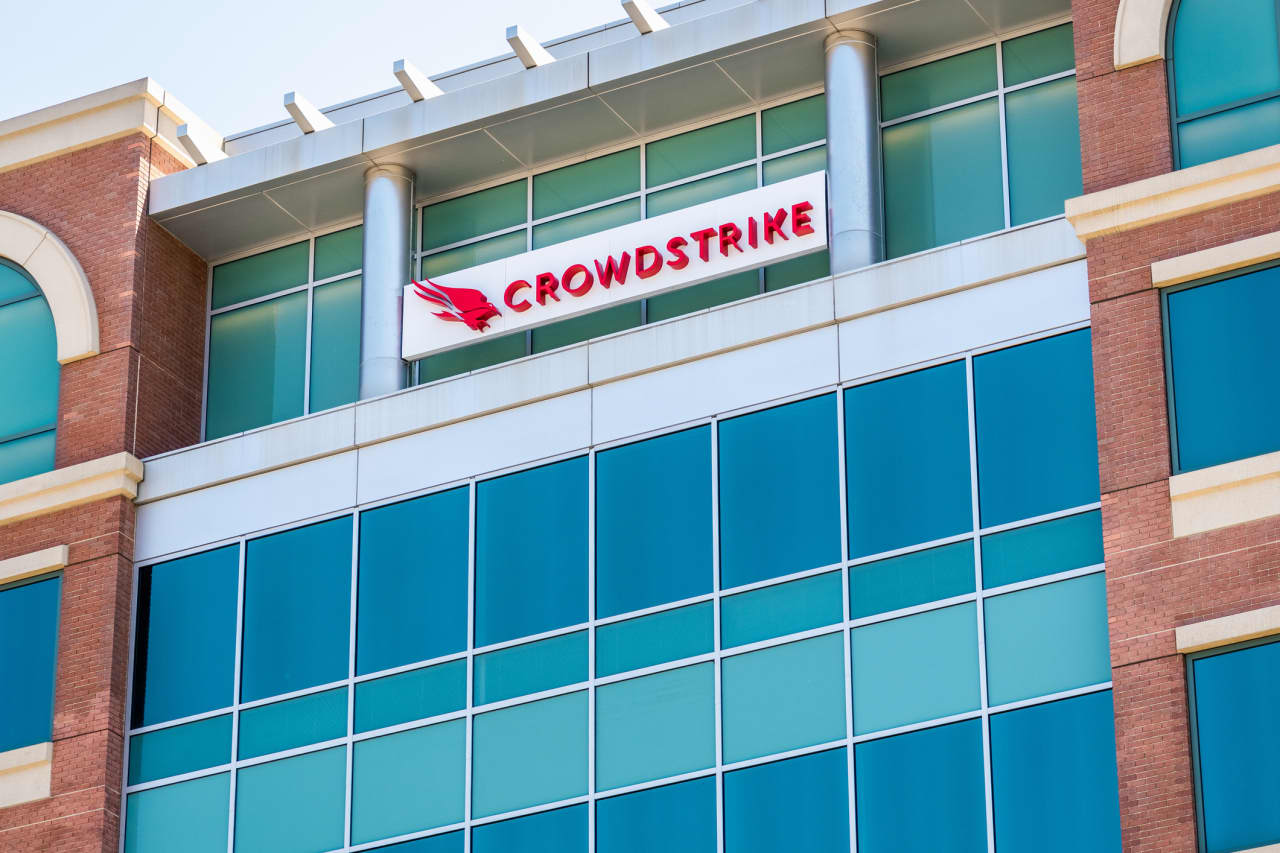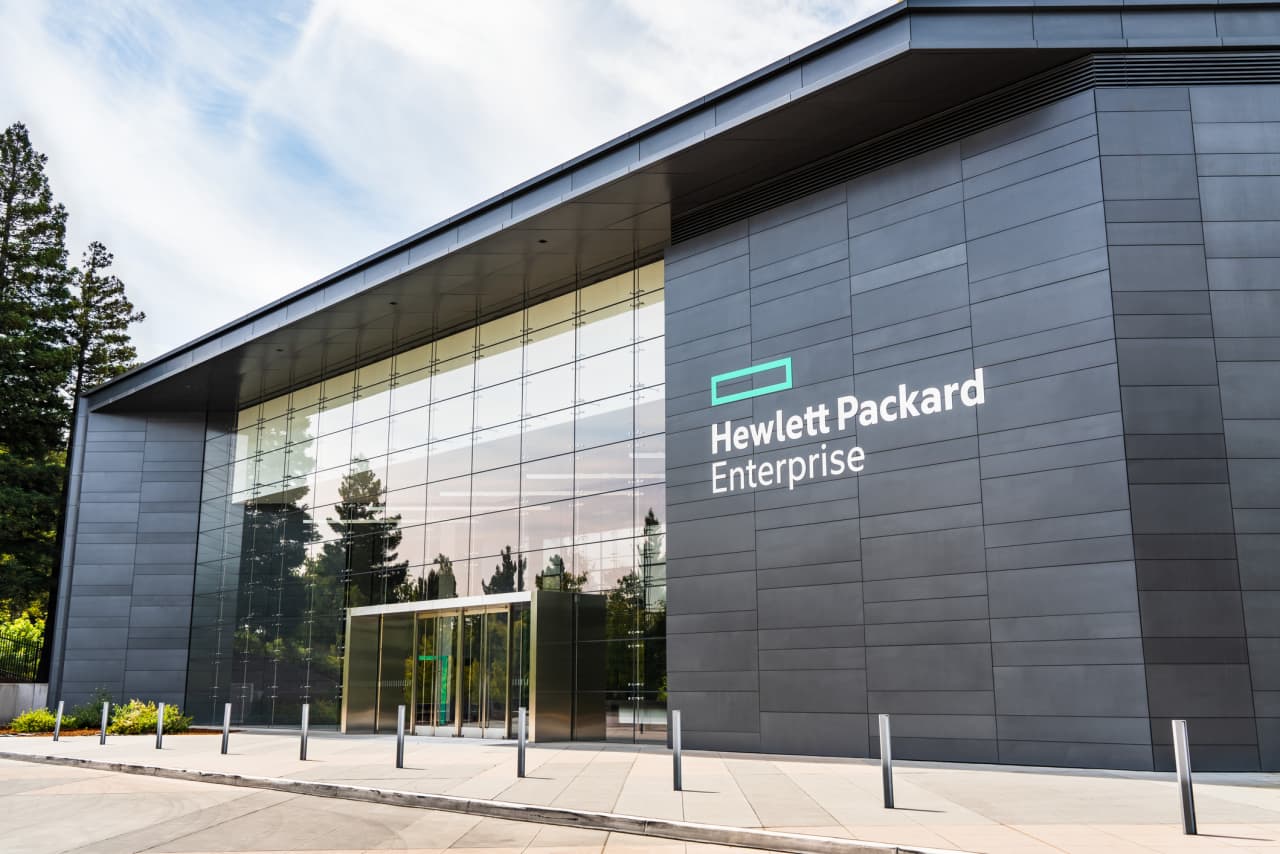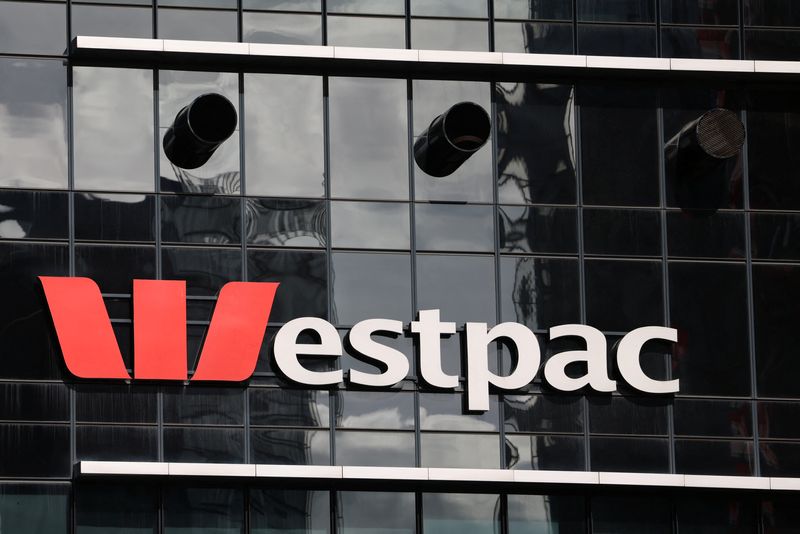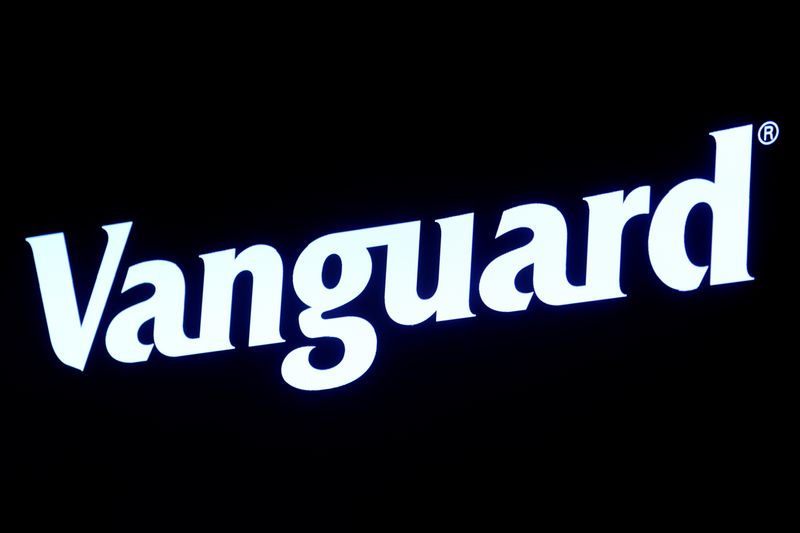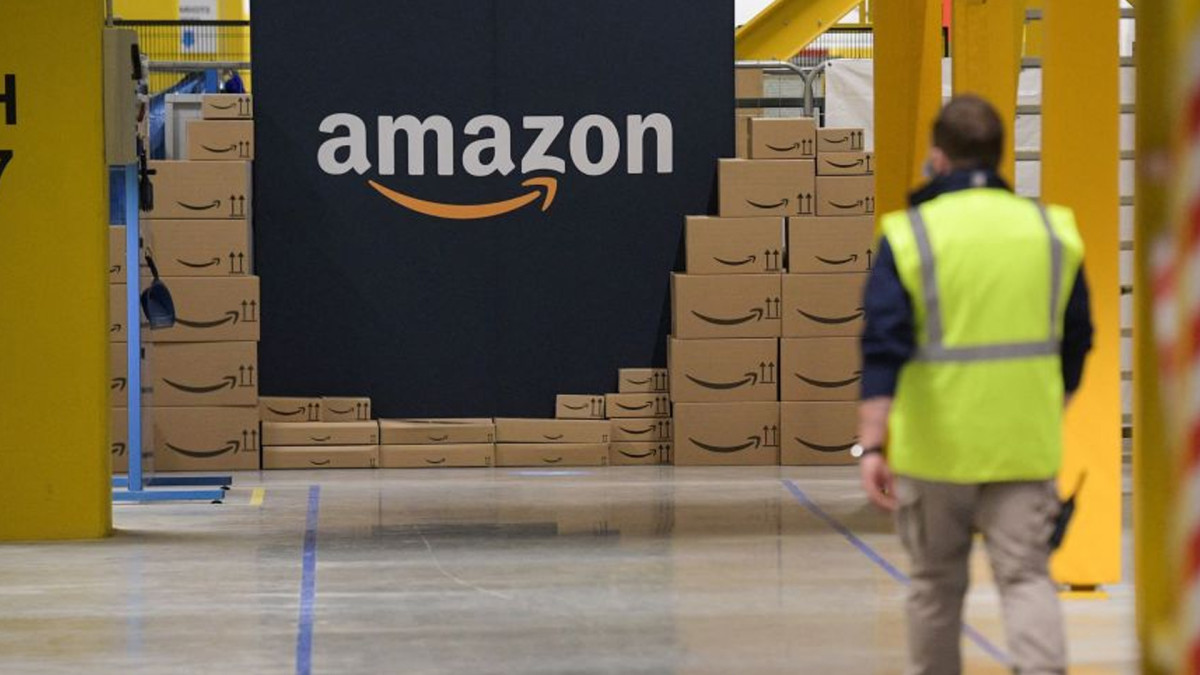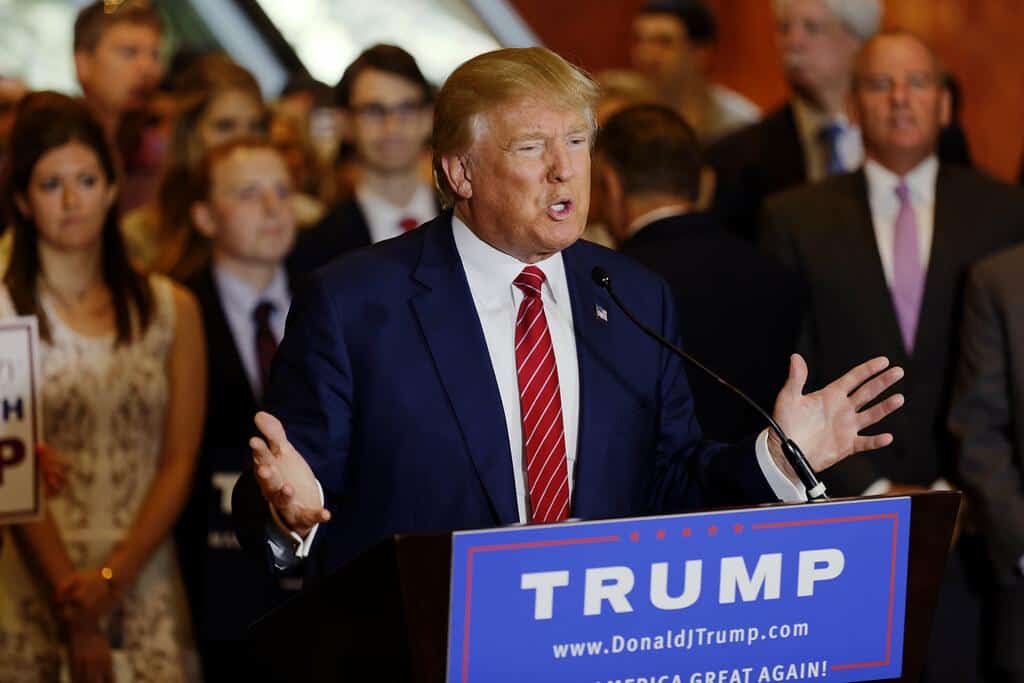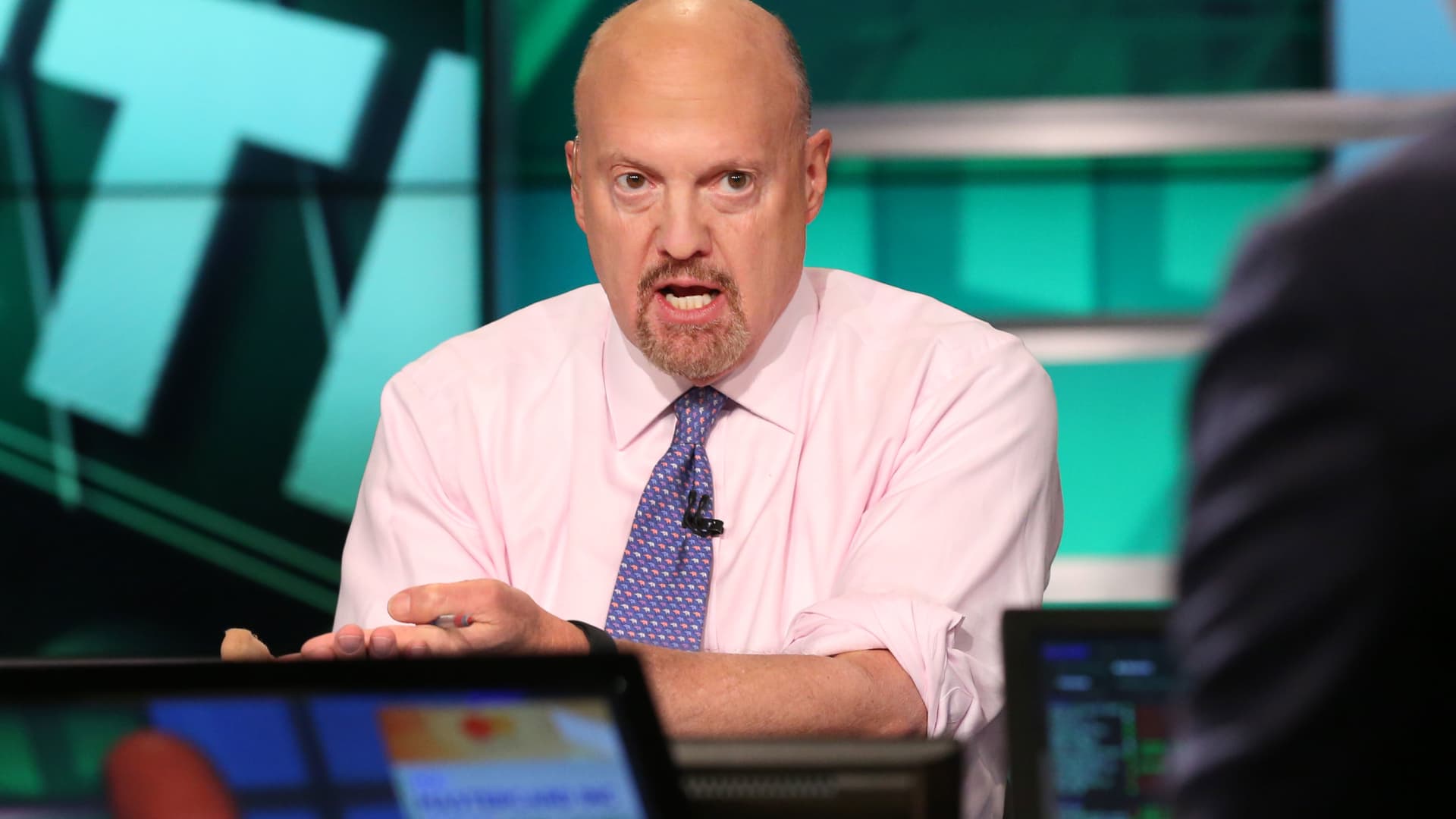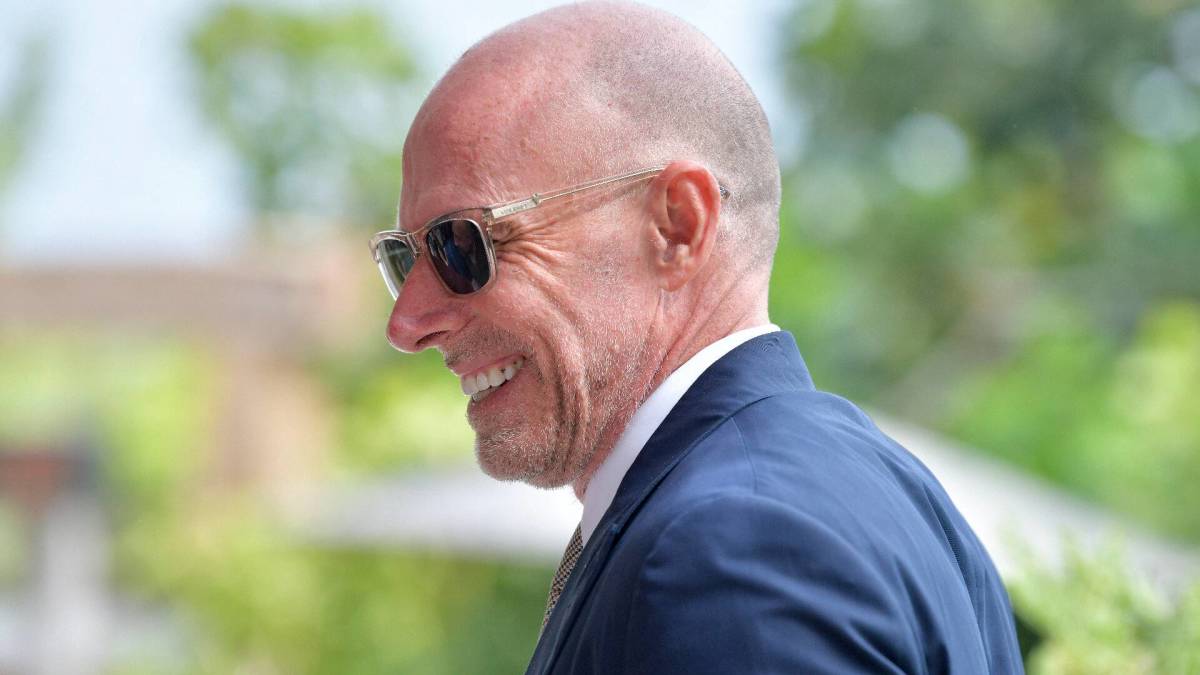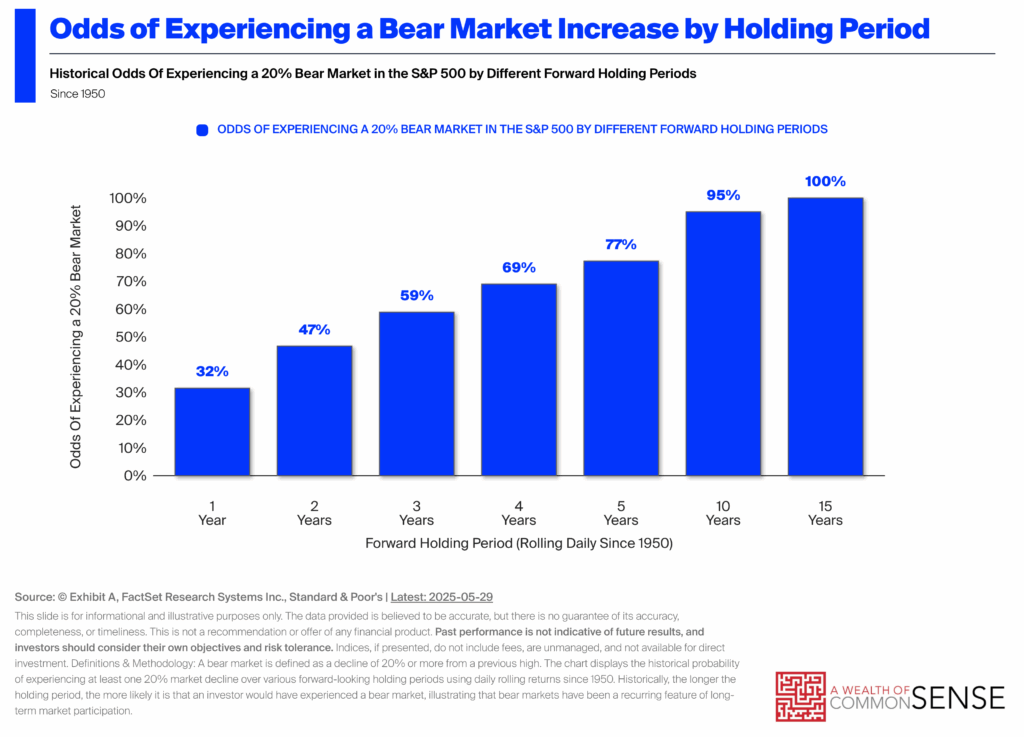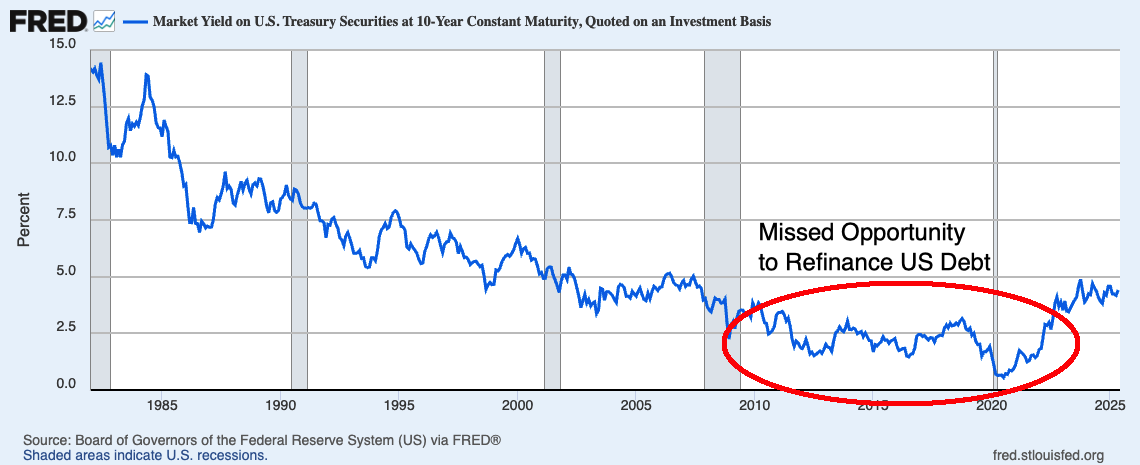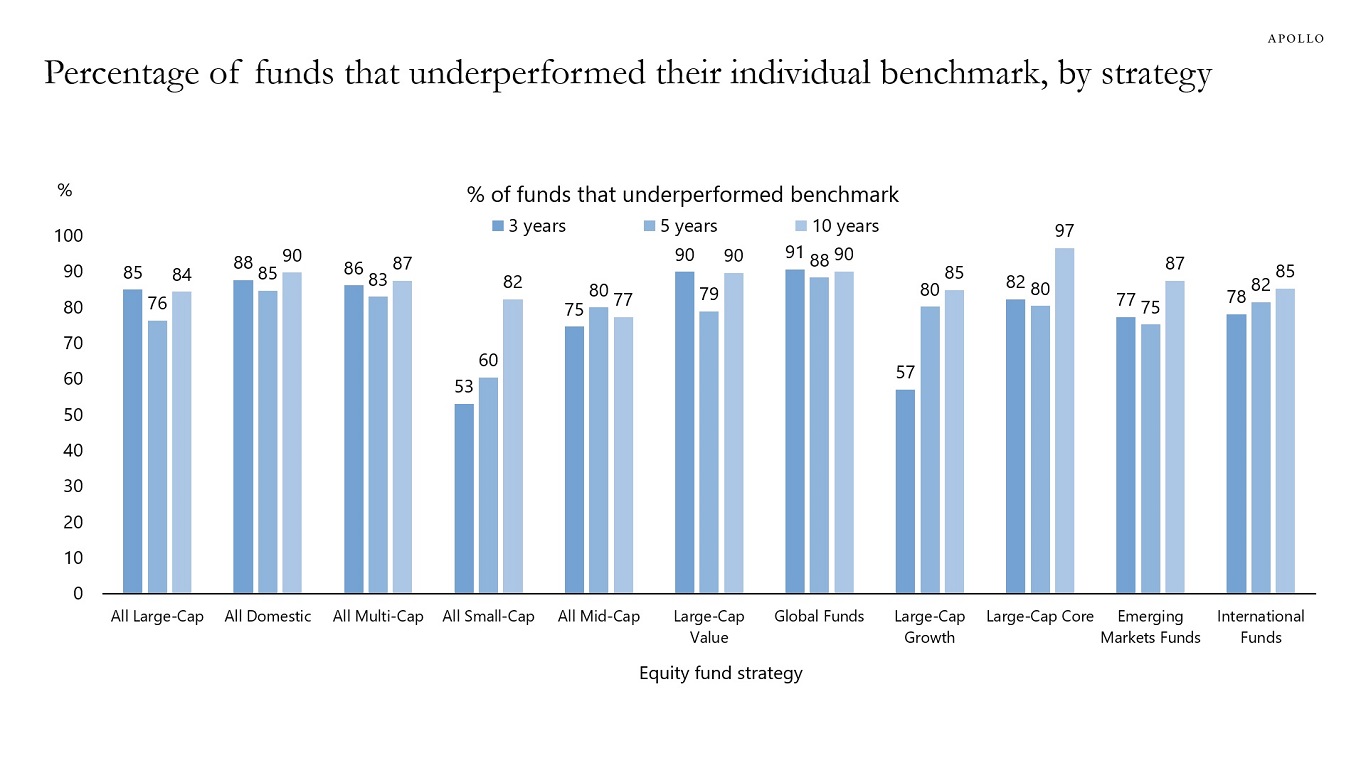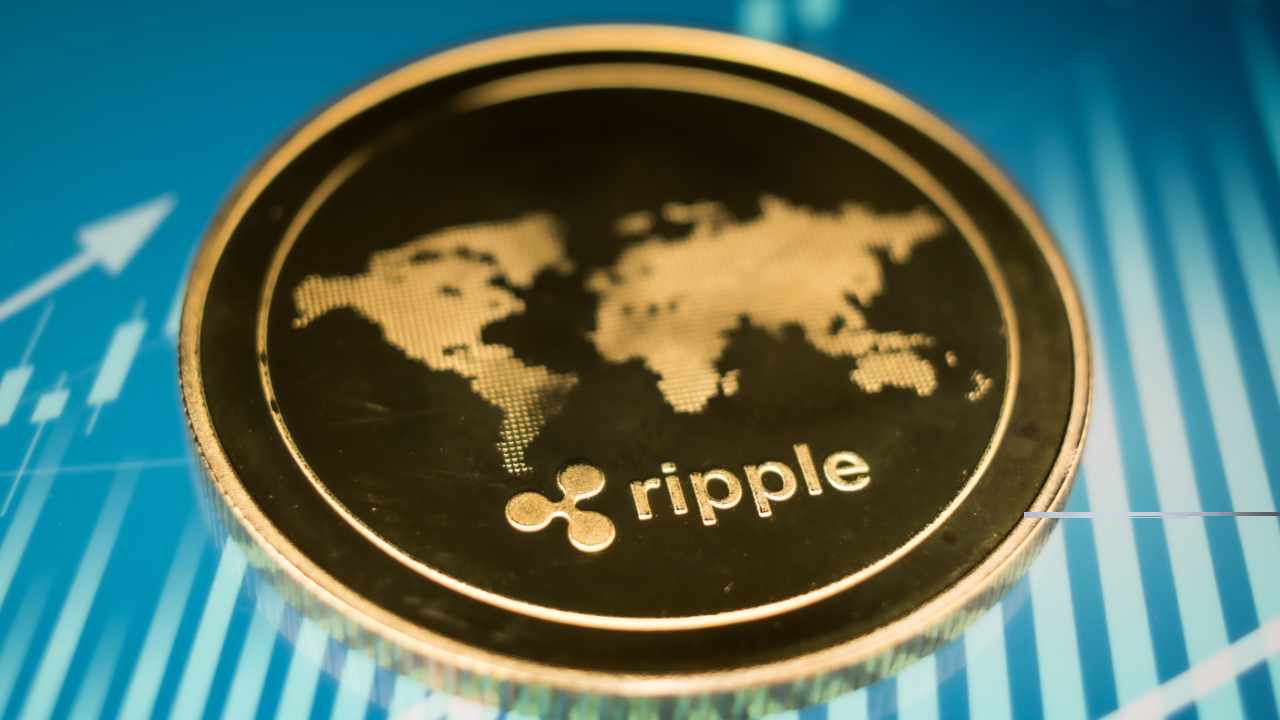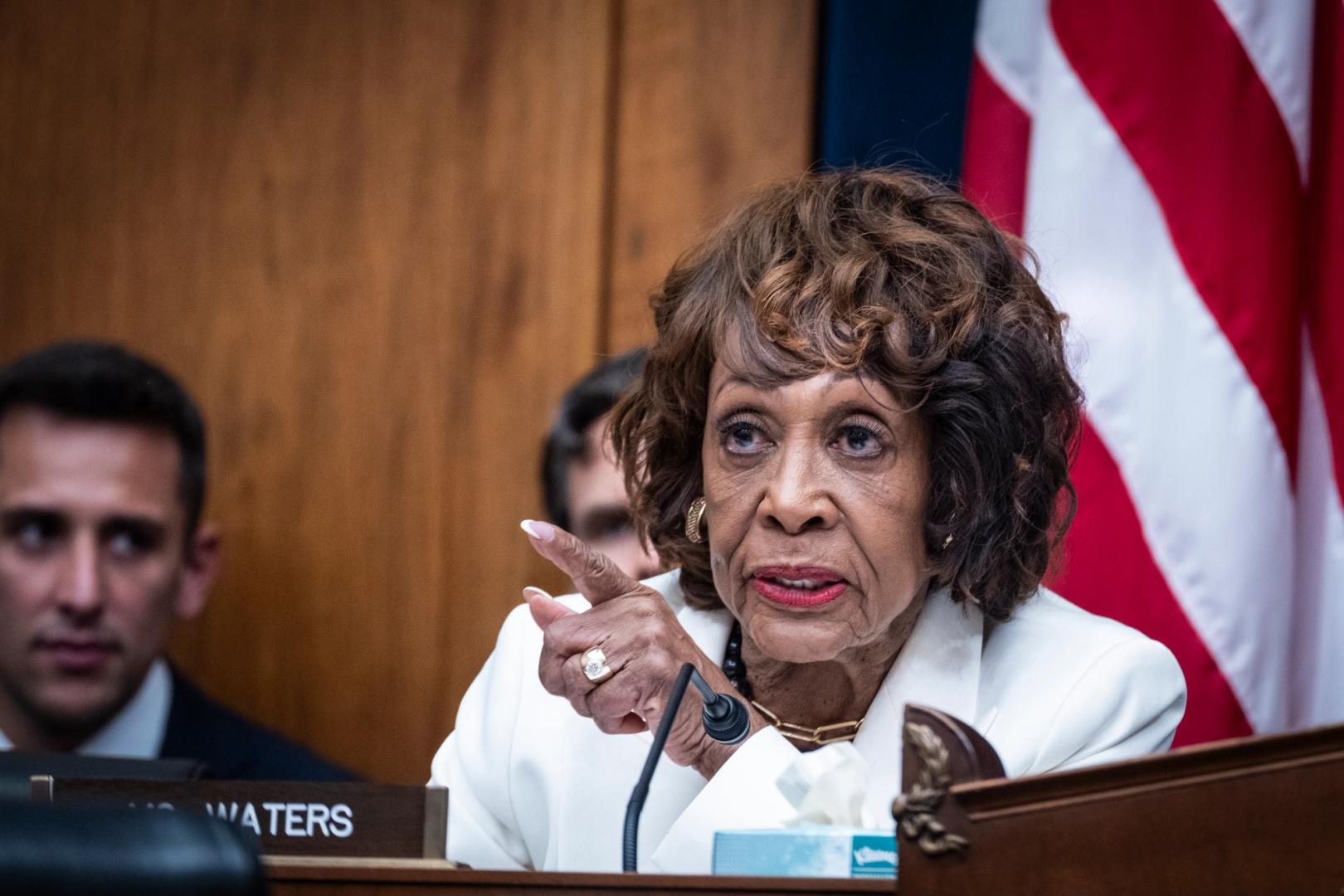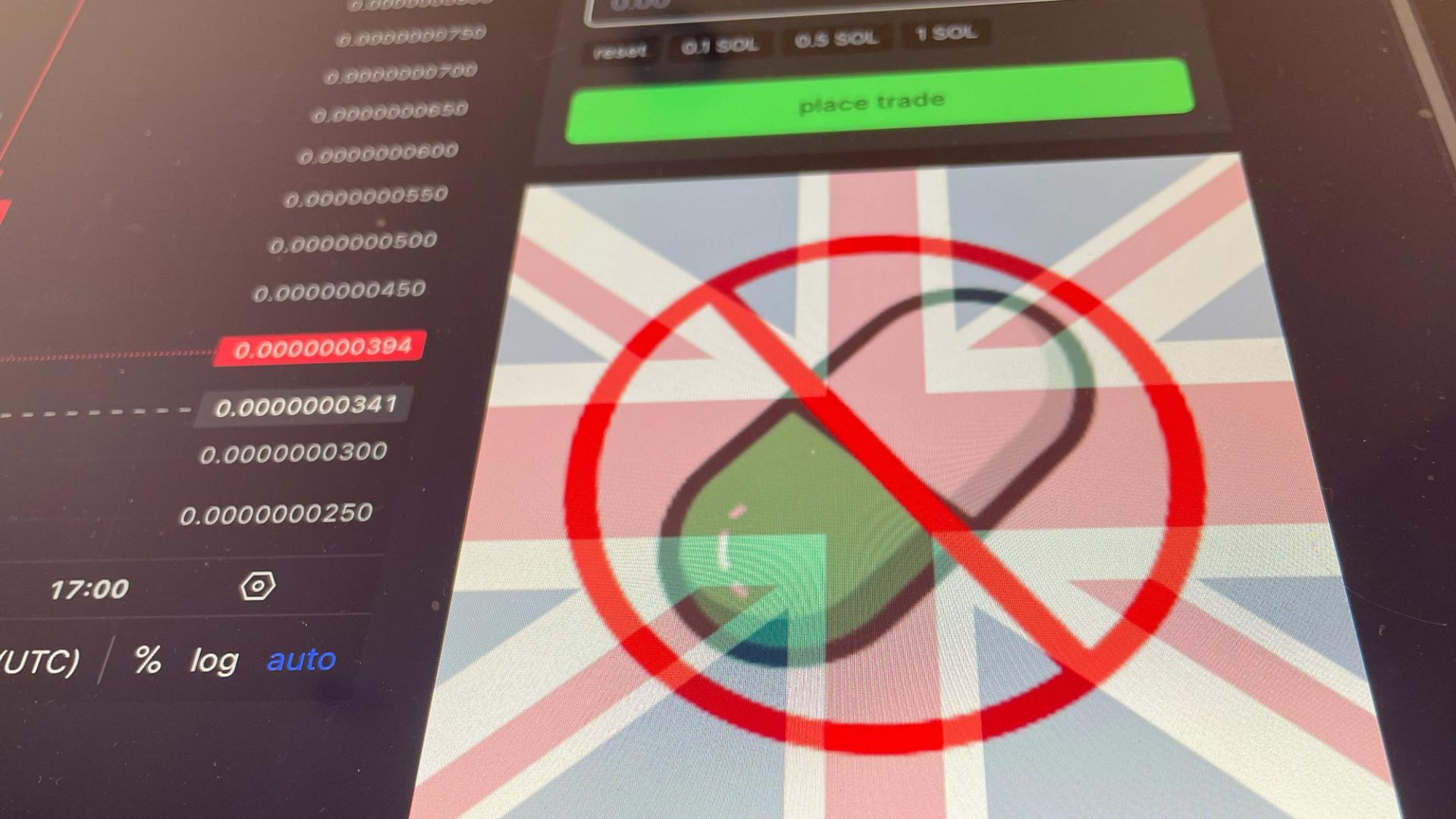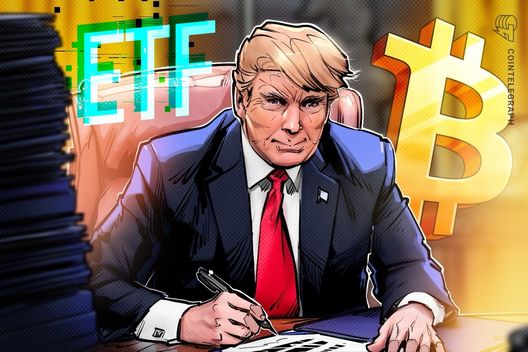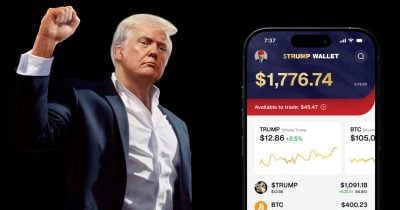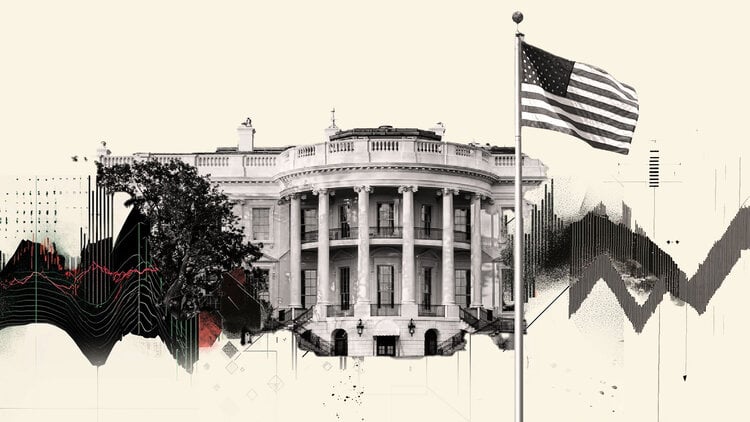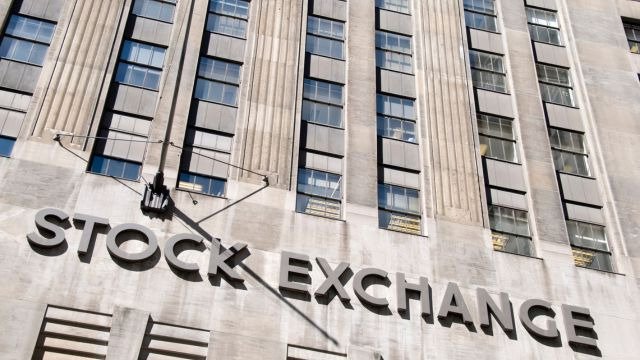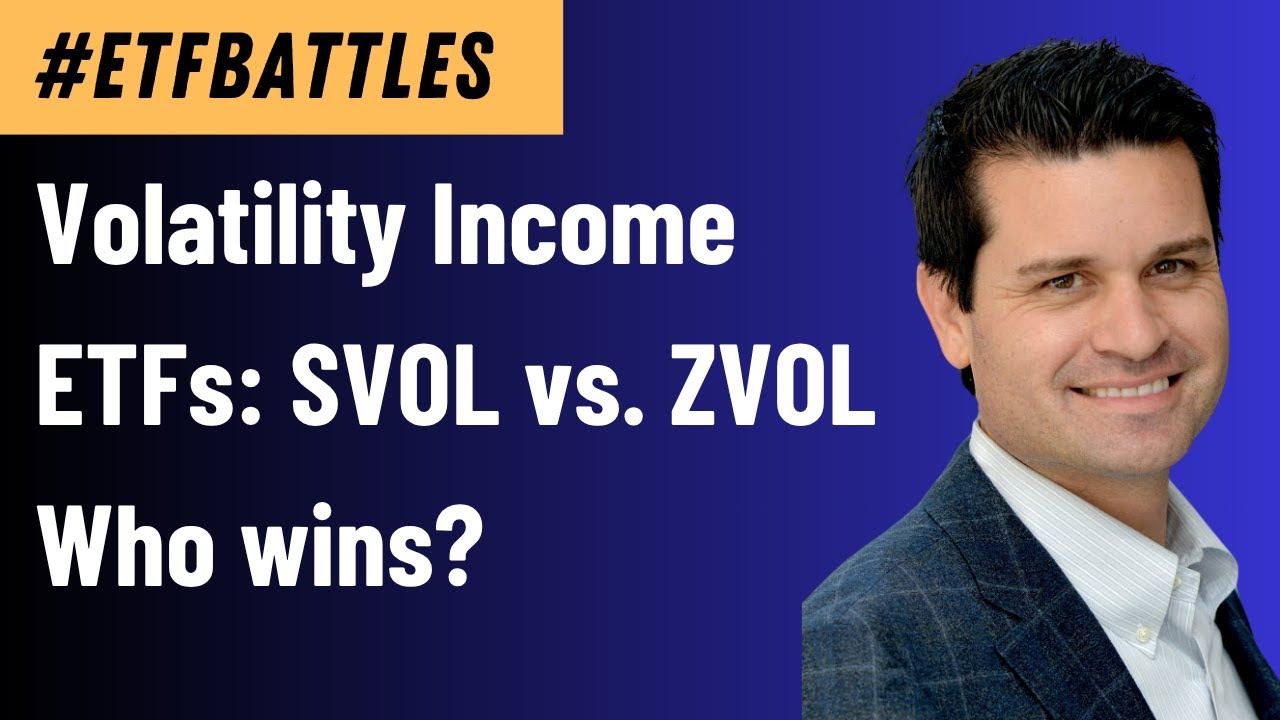Venture funding is creating a global AI divide, even as sovereign wealth funds and tech unicorns try to bridge the gap
The UAE’s investment chief on the future of AI investment outside of the U.S.

Venture investors may claim to have 10-year time horizons, but that future tech-scape seems to always have a U.S. bias. I started my tech reporting career at a publication cheekily called Rest of World during the early days of COVID, when the free-money era let VCs plow capital into emerging regions like South and Southeast Asia, Africa, and Latin America in record sums. That trend evaporated when high inflation hit. Though global venture investing has ticked back up, it’s been tilted by massive AI deals, which are almost entirely aimed at U.S. companies. According to an April report from KPMG, the U.S. accounted for nearly 75% of global venture investment in the first quarter of 2025.
I spent last week in Malaysia (still recovering from that brutal 18-hour flight to Singapore), where Fortune hosted a conference alongside a trilateral summit between the Association of Southeast Asia Nations, the Gulf Cooperation Council, and China. Unsurprisingly, AI was top of mind for the assembled governmental and economic leaders. But their perspective was one we don’t usually get from the U.S.
Here’s the simple summary: Everyone wants AI, but they don’t know if they have the capital to build it on their own terms. In the U.S., we’re accustomed to hearing about some new multi-billion-dollar startup funding deal seemingly every week, but this is not a reality for most of the world’s countries, let alone regions. And that’s not to mention the immense energy demands needed to supply the computing power for the AI revolution.
One revealing panel featured Mohamed Hassan Alsuwaidi, who has a dual role as the United Arab Emirates’ minister of investment and the CEO of one of the country’s top sovereign wealth funds, ADQ. With billions of dollars at his disposal, he’s among the more influential figures in global tech, though few readers of this newsletter have likely heard of him (partly because he gives so few interviews).
With its trove of sovereign wealth funds and tech-focused leadership, the UAE is one of the best-suited “rest of world” countries to ride the AI wave. And it has been aggressively making deals, especially under the Trump administration, including a recently announced venture with OpenAI to invest likely tens of billions of dollars into new data centers. That came right after President Donald Trump visited Abu Dhabi in May and visited a new AI campus in Abu Dhabi supplied with enough energy to power all the homes in Minnesota.
But, caught in the mounting geopolitical tensions between the U.S. and China, Alsuwaidi acknowledged that the UAE will never be able to compete against the two superpowers when it comes to AI. He used a metaphor, saying that U.S. and Chinese firms like OpenAI and DeepSeek want to “boil the ocean” when it comes to hoovering up data and energy to supply their models. In contrast, smaller countries like the UAE must learn to “fry the fish,” or use AI more strategically for their own purposes (and, ostensibly, partner with the bigger players who can spread their fishing nets).
It was a surprising admission from a government official with seemingly endless resources at his disposal. But it’s a concept that’s hotly debated alongside the rapid rise of AI—the question of sovereignty, or how a country can control and guide the technology’s development, especially when it’s being created by non-state companies, often in a different language and cultural context. “Clearly, if you want to be involved in this AI race, you need to consume a lot of power and energy,” Alsuwaidi said.
In a later panel, OpenAI’s chief strategy officer Jason Kwon discussed his company’s new initiative, AI for Countries, which will—with some clear self-interest for OpenAI—help governments build data centers, fund local startups, and create use cases for AI. (No surprise, OpenAI chose the UAE as its first partner for the project.) Kwon admitted that many countries won’t have sufficient resources to supply enough energy to create their own AI iterations, be it bespoke LLMs or applications. “We’ll provide the engine, and they’re going to be providing the steering,” Kwon said, referring to OpenAI’s relationship with governments. Time will have to tell how that really works.
Alsuwaidi did say that the UAE’s fleet of sovereign wealth funds wants to invest in emerging regions, including Latin America, Africa, and Southeast Asia, returning to those heady days of 2021 and 2022. But he added that they often cannot find infrastructure plays that make economic sense, describing the mismatch between the risk/reward in the U.S. and Europe compared to emerging regions as “mind-boggling.”
Alsuwaidi may not be your average venture investor, but it’s a challenge that every VC will face as they try to envision the new AI reality, 10 years down the line. Regions like Southeast Asia clearly have as much appetite as the U.S. or Europe. But will they get the funding to satisfy it?
Leo Schwartz
X: @leomschwartz
Email: leo.schwartz@fortune.com
Submit a deal for the Term Sheet newsletter here.
Nina Ajemian curated the deals section of today’s newsletter. Subscribe here.
The new Fortune 500 ranking is here
In total, Fortune 500 companies represent two-thirds of U.S. GDP with $19.9 trillion in revenues, and they employ 31 million people worldwide. Last year, they combined to earn $1.87 trillion in profits, up 10% from last year—and a record in dollar terms. View the full list, read a longer overview of how it shook out this year, and learn more about the companies via the stories below.
- A passion for music brought Jennifer Witz to the top spot at satellite radio staple SiriusXM. Now she’s tasked with ushering it into a new era dominated by podcasts and subscription services. Read more
- IBM was once the face of technological innovation, but the company has struggled to keep up with the speed of Silicon Valley. Can a bold AI strategy and a fast-moving CEO change its trajectory? Read more
- This year, Alphabet became the first company on the Fortune 500 to surpass $100 billion in profits. Take an inside look at which industries, and companies, earned the most profits on this year’s list. Read more
- UnitedHealth Group abruptly brought back former CEO Stephen Hemsley in mid-May amid a wave of legal investigations and intense stock losses. How can the insurer get back on its feet? Read more
- Keurig Dr. Pepper CEO Tim Cofer has made Dr. Pepper cool again and brought a new generation of products to the company. Now, the little-known industry veteran has his eyes set on Coke-and-Pepsi levels of profitability. Read more
- NRG Energy is the top-performing stock in the S&P 500 this year, gaining 68% on the back of big acquisitions and a bet on data centers. In his own words, CEO Larry Coben explains the company’s success. Read more
This story was originally featured on Fortune.com
















